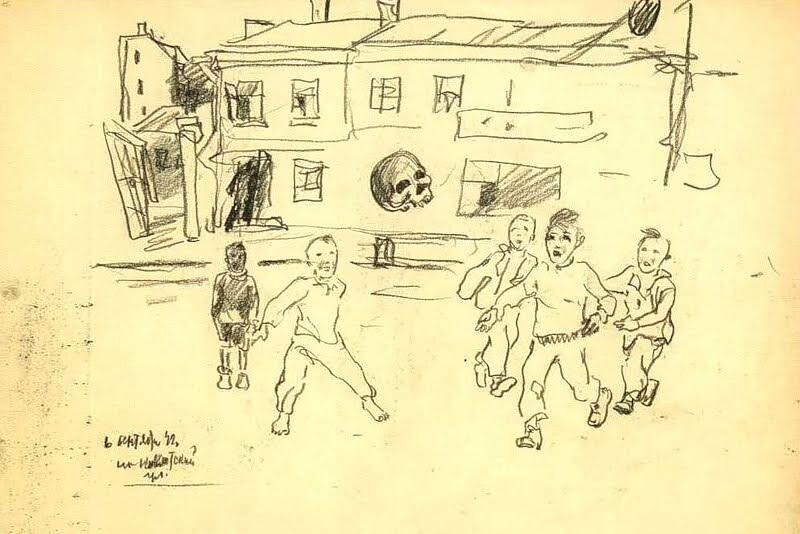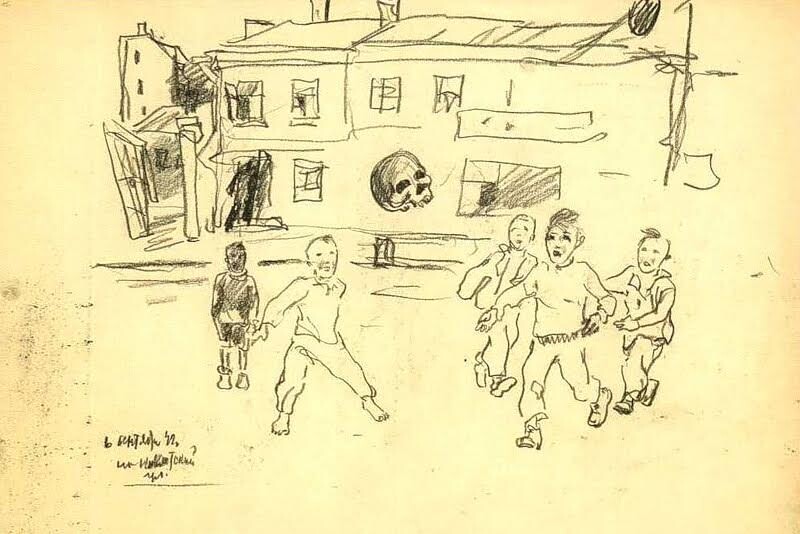April 5, 2017, 7pm
Stalinist culture may be described as a culture of excess and of an illusory imaginarium of ideals—in contrast to the productivist ideas of left Soviet artists of the 1920s, which were oriented in an economy of energy and a refusal to produce illusions. The step-by-step mobilization and militarization of labor and culture since the first five-year plan found its truth in the Second World War. But this truth was sometimes subversive and even destructive for the imaginarium of socialist realism: it appeared in the form of suppressed modernist tendencies, which returned in disruptions of the established anti-modernist system of representations. And this time modernism wasn’t a modernism of homeostasis and enlightenment as it was for productivists, but a dark modernism obviously connected to the death drive.
Gleb Napreenko is an art critic, art historian, and theorist born in Moscow, 1989. He is editor-in-chief of the online magazine Controversies, and has published his writings on websites such as openspace.ru and colta.ru, and periodicals such as Art magazine, Artchronika, and Dialog of arts among others.
For more information, contact program@e-flux.com.


